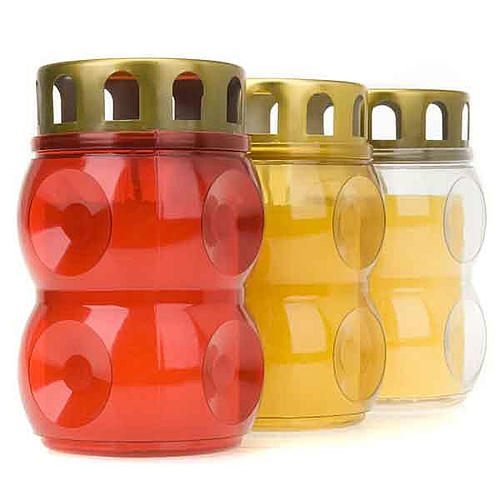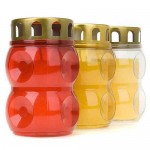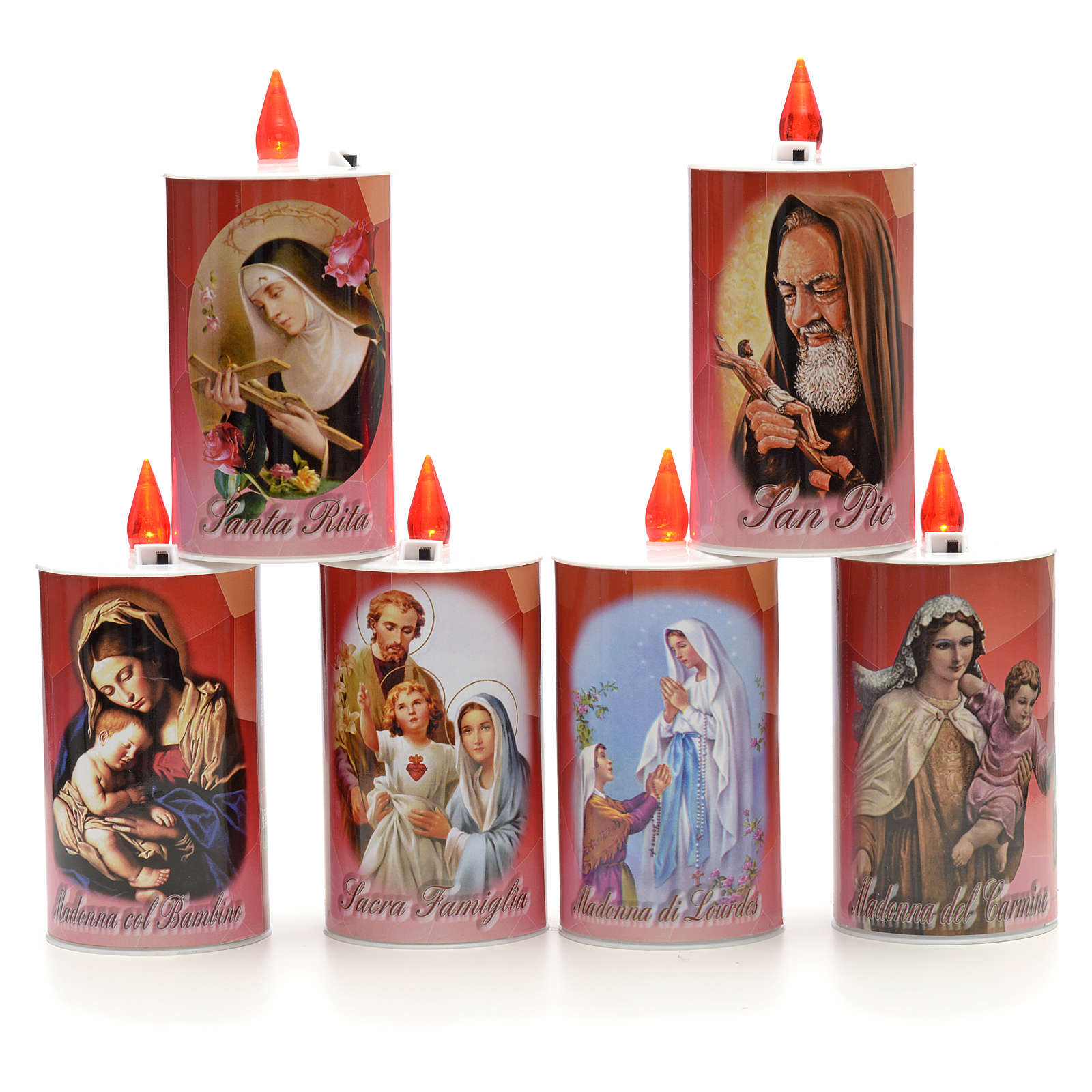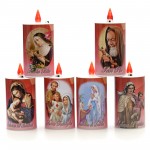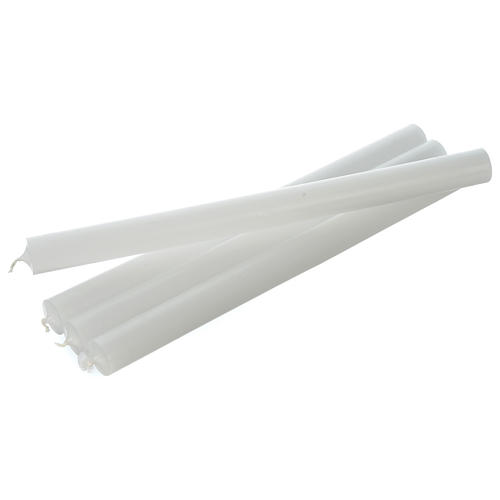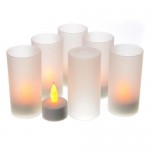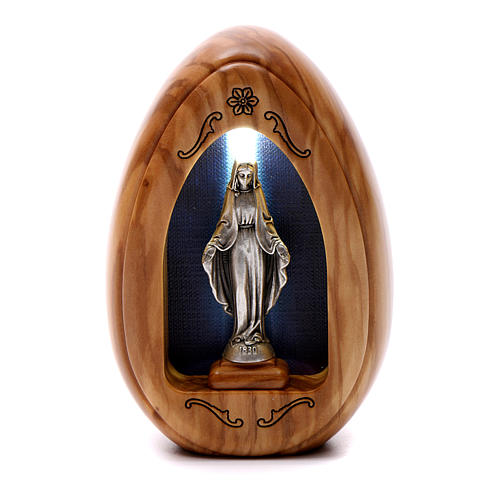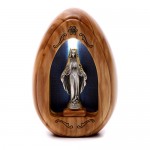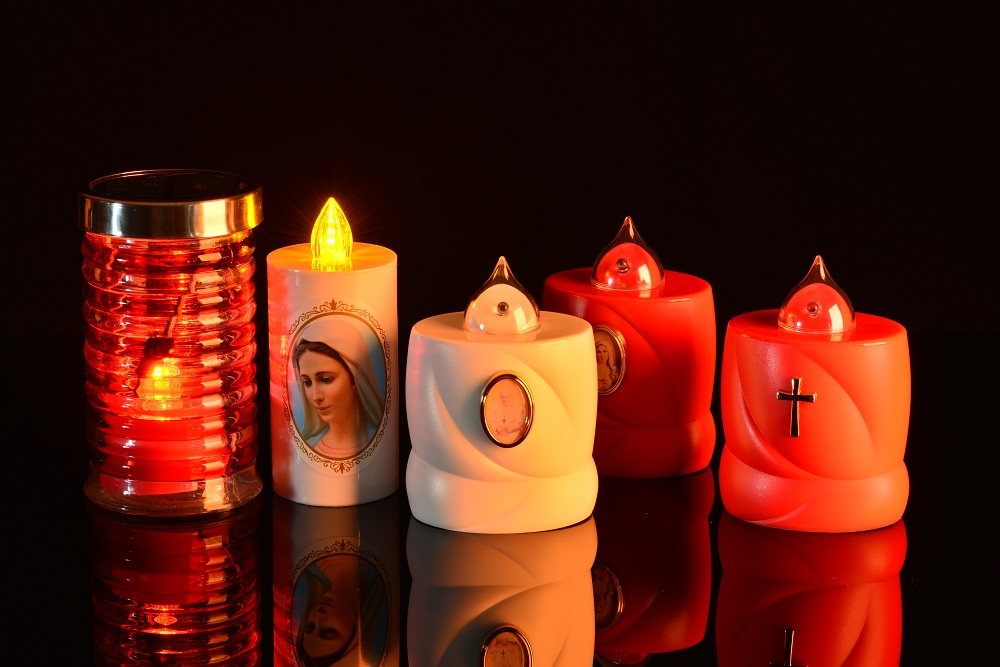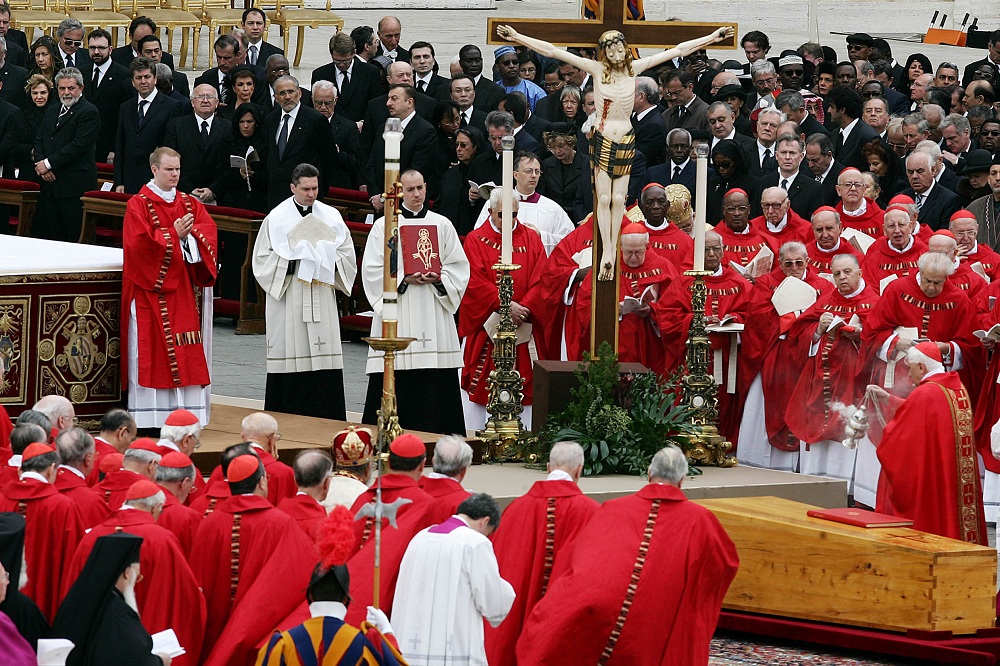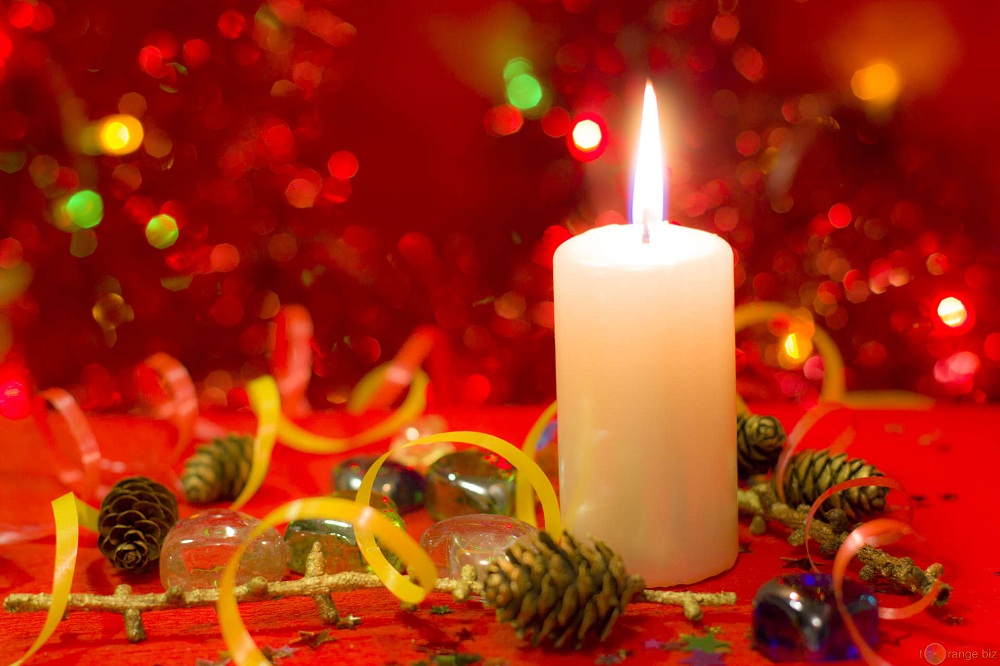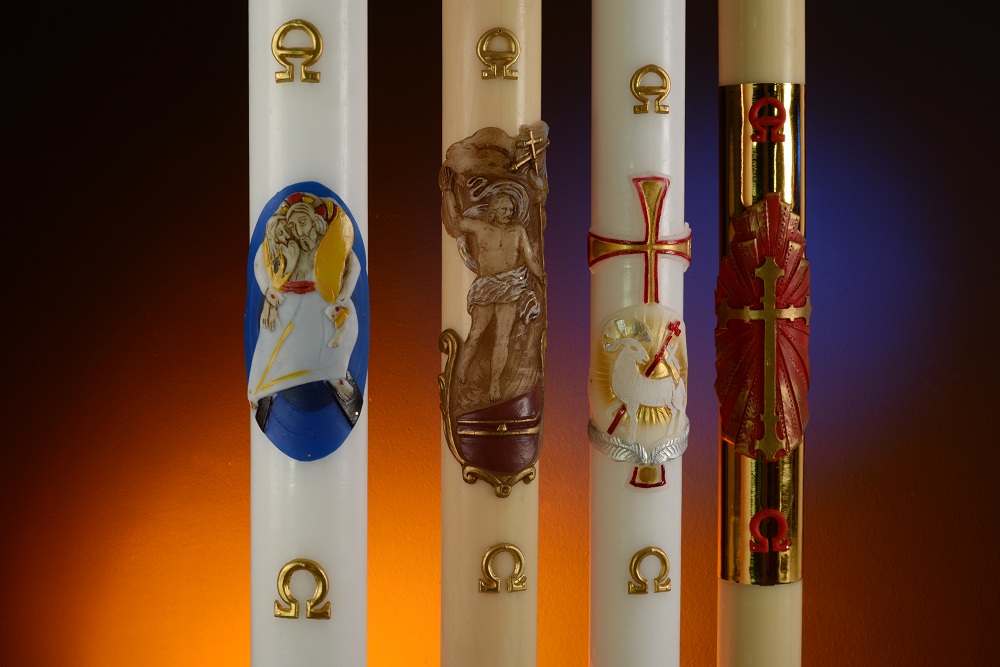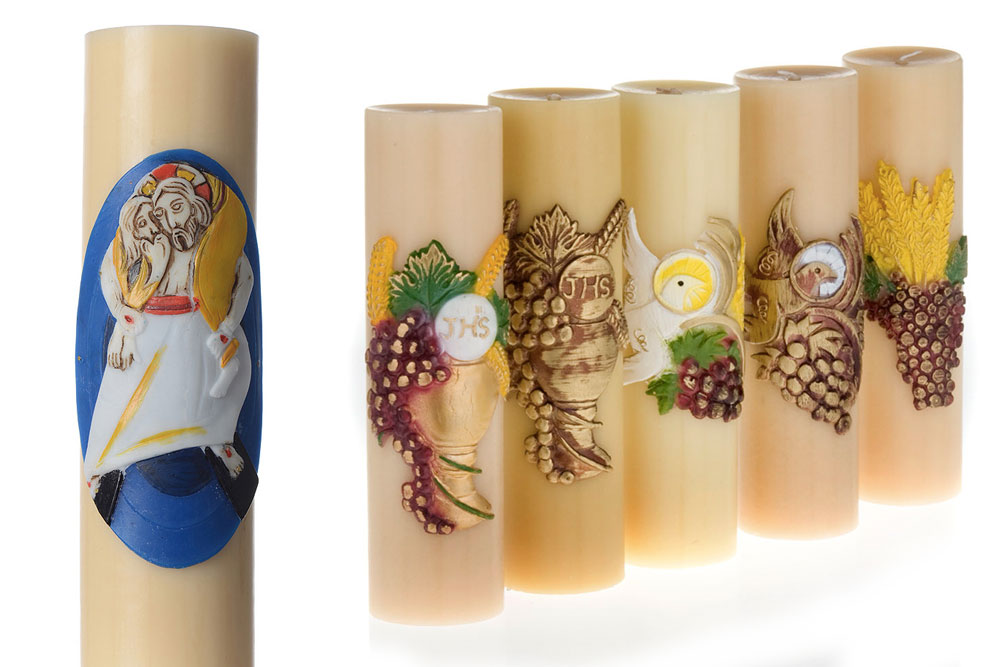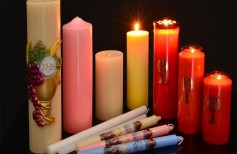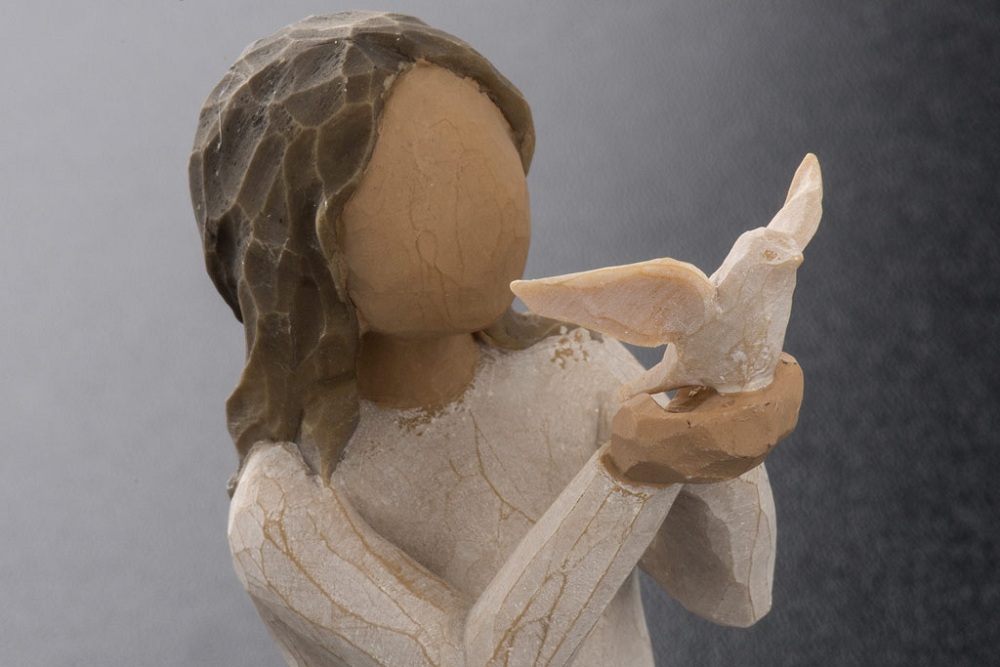Votive candles on gravestones brighten the too dark nights of cemeteries. They are like throbbing sentinels, small fragments of light drawing the path towards the light for our beloved deceased. Here is why they are so important.
The cult of the dead has always been an important element in all civilizations. According to traditions and beliefs, giving homage to the deceased was a way to help them in their passage from life to the Elsewhere, but also a guarantee for those staying that they should not fear their revenge.
Within the Christian religion, visiting someone dear’s grave bringing flowers and praying, or talking to them, is somehow of comfort and consolation. In this ritual, perpetrated since the beginning of time, it is also a habit to light up votive candles and lights on the tombs. A very ancient tradition, already practiced by the Romans, the Etruscans before them, and even earlier, by Egyptians and Greeks. All of those people used candles for funerary rituals. It is not hard to understand why. In any culture, light has always been a beneficial symbol, tied to the victory of good over evil, life over death. The light of the fire used to protect the first men looking for shelter in the caverns; it was the only glimmer of hope against the dark of night and all of its hidden dangers. What context is then more appropriate to remind us of how fragile, how exposed to that darkness on all sides we are, if not the passing of someone we love? It is very likely that those same men who looked for shelter around a fire, also used to light flames to protect the dead corpses from night predators. A gesture of protection against darkness and demons, which got through to us in the shape of votive candles to protect our beloved deceased.

We can light up a votive candle to keep darkness away, but also to give a guidance to those who just passed away, as some sort of reference point. Just like a beacon in the darkest of nights, a candle lit by someone who loved the deceased will be able to brighten his path towards their new celestial home. Protection and guidance are then the main roles of votive candles in our cemeteries.
However, there is more to that. Keeping a light on the grave of someone that left us is the same as constantly praying for them, joining and helping them in their path towards heaven. Within the light of a burning candle, which feeds on its same wax, we acknowledge the human life slowly blowing out, becoming weaker and weaker, and destined to extinguish. More, some beliefs say that only when all candles lit for the deceased are out, he or she has reached the afterlife.
How can we make sure our beloved deceased will never be left in darkness?
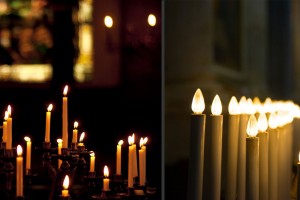
Electric lights come to our rescue. A bit less suggestive compared to actual candles maybe, but they have many undeniable pros, especially in terms of duration and efficiency, but also because they do not require excessive maintenance. Plus, since no combustion is involved, they are less polluting and wax does not drip around risking possible damages to the gravestone. There are many types: battery votive lights, led votive lights, electric candles, and they all have a much longer duration than any actual candle, so that they can guarantee the necessary and continuous lighting to those who need it. More and more often, votive lights on gravestones are the lighting in cemeteries. We must not think though that electric or battery lights for cemeteries are less worthy than the classic candles. The intention is the same, and with it, the meaning we wish to give to their lighting. In stores, we can find votive lights of any size, and electric, led and miscellaneous ones. In our online store as well, you can find a wide variety of traditional and battery lights, of many shapes and colors, simple or decorated with sacred images.
Habits and traditions
We already mentioned how the habit of lighting votive lights and candles to accompany the passing of a beloved one has taken peculiar aspects throughout time and according to the various countries. In Germany, they think that only when the lit votive candle is completely out, the deceased has finally reached his last home. For the same reason, the body was left inside the home until that happened, to make sure it was safe until it found its peace. It was also common to take the candle off the hands of the deceased and have the youngest member of the family put it out. Votive candles were not only used to light the path of the deceased, but also to make sure rats would not come up and eat his or her eyes!
In Spain, votive candles must be kept lit in the burial place for a whole year, in order to allow the deceased the time to complete his or her journey. Taking care of it is a duty of the relatives. In Aragon, when someone dies, the relatives collect a hand-embroidered napkin and as many candles as the number of deceased in the last three generations of the family, and place them all in a wicker basket.
In France, the candles blessed during Candlemas are used as votive candles. They must be never put out with fingers, or that might burn the wings of the soul of the deceased.
In Romania, candles are made of bees wax and are called toiag, ‘cane’, meaning the cane that will help the deceased in his journey as support and weapon. When someone dies, the body is measured up with a hemp or cotton thread covered in pure wax. The waxed rope that comes as a result is placed on the grave; for forty consecutive mornings, a woman goes there and burns a little piece of it. At the end of the forty days, all that’s left is burned. It is believed that, by doing so, the deceased turns into light.


